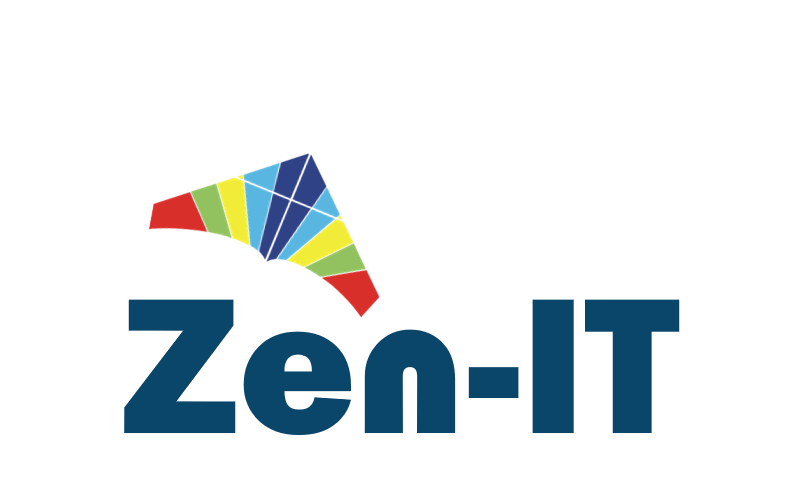Digital workplaces are developing each day by getting new apps, features, or content.
Yet does it really mean that they are getting substantially better at helping employees do their tasks? And more, how do you know exactly what needs to be improved to get an optimal performance?
The traditional ways of testing the capabilities of the digital workplace consists of looking at functionalities such as news management, HR, information finding, connectivity to other systems, workflow management capabilities or fancy reporting capabilities.
These are all valid criteria, yet I would argue that they look at a digital workplace from a functional perspective, instead of looking at its outcomes. And the most important outcome for a digital workplace is exactly how it helps the employee do their work, meaning their tasks.
The challenge here is that even in slightly larger companies, there are many thousands of tasks all employees can have. So, measuring their completion is not easy.
Yet there is a way to significantly simplify it.
Every task of an employee belongs to a larger topic within the company. And for any topic there is somebody in the company who is responsible for it, who is the subject-matter expert and who can support the employee. We can also call this person the internal service or process owner.
From this perspective, the employee is in fact the internal customer of the expert.
The maturity of the DW could be judged at process level by looking at two important factors.
1. How well is the process supported by the transactional app?
Does an application exist (do we really need an app, in the first place) and if yes, how much can it be improved in a cost-effective manner?
This is a rather basic test which almost everyone does anyway. The next one, however, is much less obvious.
2. How good is the connection between the employee doing a task and the topic expert (internal service owner, or process owner)?
Whatever the task, if the employee has a great connection with the topic expert, he will be able to confidently and successfully address all the tasks that he receives. The expert will provide easy access to all the resources needed to do the work: why the topic is important procedures, best practices, recent changes, training materials, supporting app, support channel or FAQs. Also, the expert will be able to receive valuable feedback from the employees.
When the connection between the two actors is poor, task execution is suffering. And connection can be affected by the communication between the actors is lost in the maze of disconnected corporate repositories, apps, and communication channels.
In this case, the employee might say something like this: “It takes ages to find any practical information on this topic”, “I’ve lost track of all the changes that are happening”, “All these apps have names that have nothing in common with my tasks”, “I don’t even know which person or even department that is responsible for this topic”, etc.
Which connection model is best?
Being face to face or online might deliver the best results, yet it is both costy and impractical. The best next thing is to connect the two roles asynchronously by having a section of the digital workplace that gathers all the resources available on the topic and only to manage support requests when it is the case.
Another important metric
One more important metric for your digital workplace is the customer satisfaction. If your customer satisfaction is not great, this means that key tasks within your company fail too often, and proper feedback channels are not in place. And this most likely means your digital workplace needs some major improvements in order to streamline key connections within your company.
The rather sad reality and the untapped opportunity
The sad reality is that most digital workplaces manage to disconnect the employees and the topic experts, and this happens because the digital workplaces are often a disconnected set of repositories and applications. It is a general asumption that employees will find their answers one way or another. The problem is that they often spend too much time and often don not make correct decisions, because either the information is lacking or because it is to hard to find.
The good news is that you can rather easily tag all the content with metadata and aggregate in one section all the information related with a topic. To structure this information and tools I use an extension of the Why, How and What model. You can read more about it in a previous article Addressing the 6 Needs of Today’s Remote Workers
Please tell me what you think in the comments bellow. Would you suggest any other approaches?
PS: the approach applies to testing the digital employee experience as well.
Photo credits: Pixabay. Article originally posted on https://zenify.net/a-traight-forward-way-to-test-your-digital-workplace/





